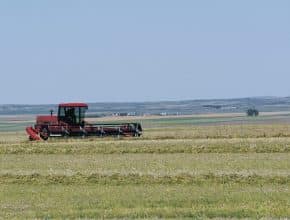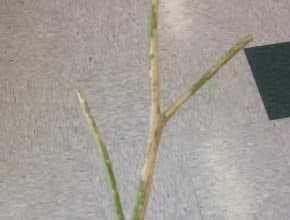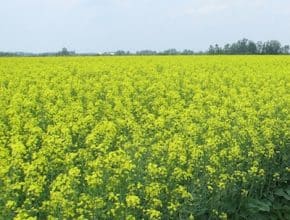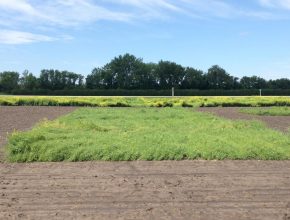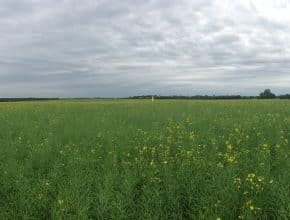The following tips are from the SAFE Farms Harvest TIP sheet. Download the complete document…
Canola Watch Posts
-
-
-
The swath timing decision becomes more difficult in crops with plants at multiple stages of growth. Here are some tips to help with the swath decision on these fields…
-
Diamondback moth larvae and grasshoppers have been reported, but so far nothing of widespread significance. The photo shows what grasshoppers can do to a canola plant, but their damage is usually isolated to small patches. Bertha armyworm adult traps are coming down with very little in the way of hotspots…
-
Improved moisture in some regions has extended flowering. Some fields have been at “full flower” for what seems like weeks. Highly variable crops may also be at full flower or their “most yellow” — other terms for 50% flower — for longer than typically expected. This does extend the sclerotinia stem rot risk. But that "risk" may still not be…
-
When it comes to maintaining Canada’s reputation as a high quality canola supplier, everyone in the canola value chain has an important role to play…
-
-
-
Four photos of damaged pods or pod areas. What caused the damage?…

